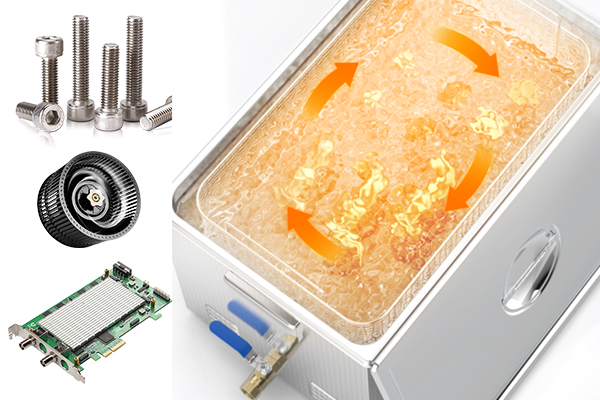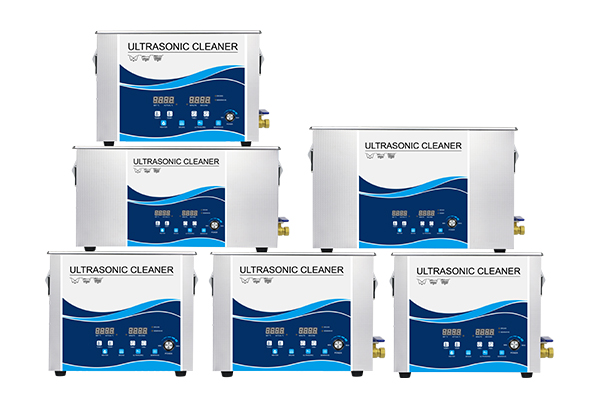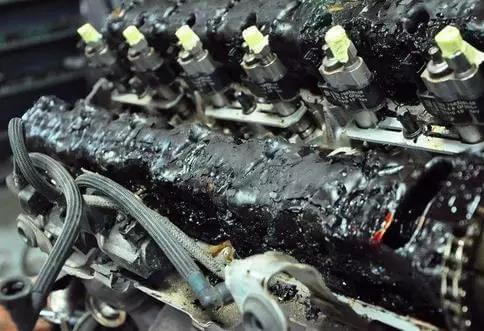There’s a certain thrill in uncovering an old coin—whether it’s unearthed in a backyard, passed down from a relative, or plucked from a flea market box with a faint sheen of history still clinging to it. But the next question is usually the same: should you clean it? And if so, how?
In today’s world of ultrasonic cleaning technology, the temptation is real. A device that uses sound waves to clean grime from jewelry, lenses, and even dental tools sounds ideal for dusty or corroded coins. But before you toss that 1898 Barber dime into a humming bath of ultrasonic bubbles, there’s a lot you need to know.
Let’s dive deep into the science, the risks, and the rare cases where ultrasonic cleaning might be a valid choice for old coins.
Why Coin Cleaning Is a Controversial Topic
To the untrained eye, a dirty coin is just a dirty coin. But for collectors, conservators, and historians, what looks like tarnish is often a treasured layer called patina. This natural surface oxidation—green on copper, dark gray on silver—is part of the coin’s story. It protects the metal beneath, signals authenticity, and even increases value.
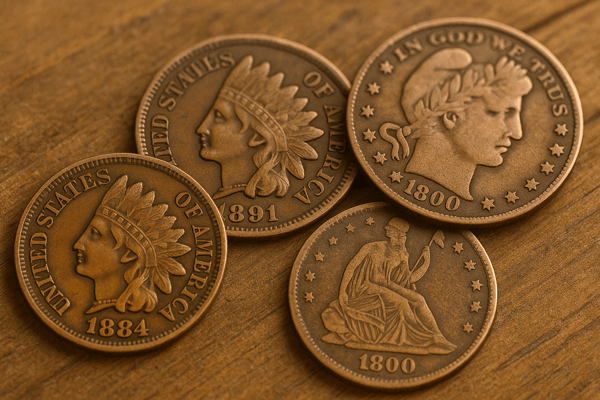
Clean a coin improperly, and you can strip away not just dirt but history. In the world of numismatics, cleaned coins often fetch far lower prices than untouched ones, even if they look shinier.
So the controversy isn’t just about technique—it’s philosophical. Do you preserve the coin’s past, or restore its appearance?
Understanding Ultrasonic Cleaning Technology
Ultrasonic cleaners work by producing high-frequency sound waves—typically between 20 kHz and 80 kHz—that travel through a liquid, creating microscopic vacuum bubbles. When these bubbles collapse (a process known as cavitation), they release bursts of energy that dislodge dirt, oil, and other contaminants from surfaces.
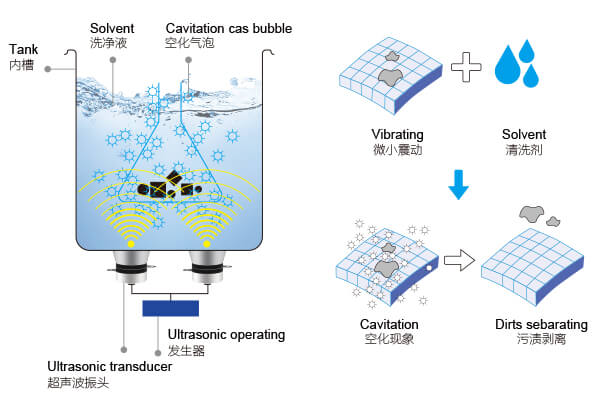
It’s a highly effective and non-abrasive cleaning method—for the right materials.
Ultrasonic cleaning has been widely used for:
- Jewelry and precious metals
- Surgical instruments
- Engine parts and carburetors
- Printed circuit boards
The key is that ultrasonic cleaning reaches into crevices and fine details that brushes and cloths cannot. This makes it tempting for coin cleaning—where details like mint marks, inscriptions, and design flourishes are often caked with debris.
But there’s a catch.
Are Ultrasonic Cleaners Safe for Old Coins?
The short answer: sometimes, but not without risk.
Coins are made from various metals—copper, silver, nickel, zinc, and alloys like bronze or cupronickel. These metals vary in their hardness, oxidation behavior, and resistance to cavitation.
For example:
- Copper is relatively soft and highly reactive, prone to corrosion or pitting.
- Silver can develop a stable tarnish that actually protects it—but this layer can be stripped away.
- Nickel and harder alloys tend to be more resilient to ultrasonic stress but may still suffer surface dulling or edge rounding.
Even if you use distilled water or a gentle cleaning solution, ultrasonic cavitation still exerts physical force. On ancient or corroded coins, this can loosen flakes of metal, damage fine details, or cause irreversible change in texture.
Many professional coin collectors argue that the value of a coin is in its originality, including its wear, tone, and historical “dirt.”
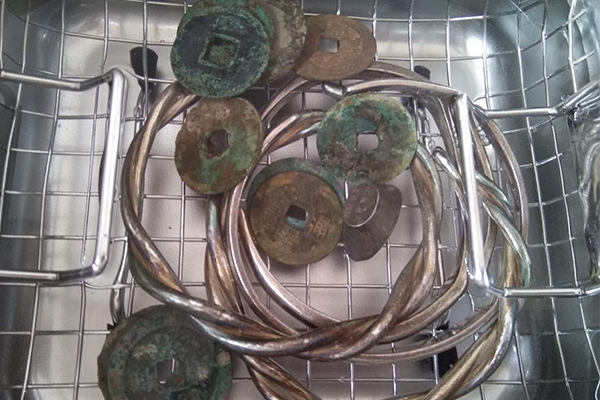
When It’s Okay to Use an Ultrasonic Cleaner on Coins
That doesn’t mean ultrasonic cleaning is completely off-limits. There are a few cases where it might be acceptable—even helpful:
- Modern circulation coins
Coins from the last few decades, especially those used in coin art, jewelry, or decor, may benefit from ultrasonic cleaning. Their value is generally tied to metal content or design—not historical rarity. - Heavily soiled coins with no numismatic value
Sometimes coins are so encrusted in grime or corrosion that they’re illegible or unusable. If they’re not rare or collectible, ultrasonic cleaning can help reveal dates, mint marks, or compositions. - Coins being used in artistic projects
For coin-based jewelry, crafts, or metalwork, aesthetics take priority. An ultrasonic bath can remove polish residues, grease, or glue without harsh abrasion.
Even in these cases, it’s important to:
- Use distilled water or a coin-safe solution
- Set the ultrasonic frequency at 40kHz or higher
- Limit the cycle time to a few minutes
- Avoid heating the solution beyond 40°C (104°F)
When You Should Absolutely Avoid Ultrasonic Cleaning
If you’re holding a coin that’s rare, historical, or potentially valuable—step away from the ultrasonic cleaner.
Professional numismatists and grading services like PCGS and NGC are crystal clear on this point: cleaning a collectible coin can destroy its value. Ultrasonic cleaning, even though non-abrasive in theory, exerts micro-level forces that can permanently alter surface features.
You should never clean coins with an ultrasonic cleaner (or anything else) if they are:
- Ancient coins, such as Roman or Greek artifacts
- Silver coins from pre-1900s, especially with natural patina
- Gold coins with known mint variations or collectible wear
- Copper or bronze coins with green oxidation (verdigris), which is often part of authentic aging
- Error coins or misprints, where even small surface changes can impact value
Why avoid it?
Because ultrasonic cavitation can:
- Dislodge natural patina
- Pit already-soft corrosion layers
- Dull high points and raised text
- Alter color or tone in unpredictable ways
- Leave watermarks or micro-etching on softer metals
Coin graders can often detect even light cleaning. A coin labeled “cleaned” is almost always worth less on the resale market—even if it appears shinier to the naked eye.
How Ultrasonic Cleaning Affects Coin Surfaces
It’s easy to be misled by the dramatic before-and-after images you’ll find online. A dull, brownish coin comes out of the tank gleaming and bright. But what isn’t visible to the camera is just as important.
Ultrasonic cleaning may cause:
- Micro-pitting: Tiny craters formed when cavitation bubbles collapse too close to the metal surface
- Edge softening: Especially on high-relief coins, reducing the visual definition of letters and numbers
- Tone removal: That beautiful rainbow tone on old silver coins? Gone. Tone is oxidation formed over decades or centuries, not something that can be replicated
- Streaking or patchiness: Uneven cleaning caused by dirt being blasted off in sections
- Surface fatigue: Slight metal fatigue over multiple cycles can cause the surface to lose its natural feel and shine
The effects vary depending on:
- Frequency and power of the ultrasonic cleaner
- Duration of the cycle
- Cleaning solution used (acidic, alkaline, neutral)
- Temperature of the liquid
- Condition and composition of the coin
So even if your coin comes out “clean,” it might not come out undamaged.
Best Practices If You Still Want to Try It
Let’s say you’ve decided to clean a coin ultrasonically anyway. Maybe it’s a common penny, a tarnished token, or something for an art project. How can you minimize the risk?
Choose the Right Solution
Avoid:
- Dish soap (creates foam, dampens cavitation)
- Vinegar or acids (can corrode soft metals)
- Harsh degreasers or ammonia-based products
Use:
- Distilled water only (for the gentlest clean)
- A commercial ultrasonic jewelry cleaning solution diluted as instructed
- A mild non-ionic surfactant, especially for removing oils or fingerprints
Optimize Your Settings
- Frequency: 40 kHz or higher
- Time: 1 to 3 minutes maximum
- Temperature: Room temperature to 40°C (104°F)
- Basket: Use a suspension basket to avoid metal-on-metal contact
- Rinse: Always rinse with distilled water after cleaning
Inspect Carefully
Before cleaning, take close-up photos or examine the coin under a magnifier. After cleaning, look for:
- Changes in luster or tone
- Surface dullness or patches
- Discoloration, especially around edges
- Any difference in detail sharpness
Once a coin is cleaned, there’s no going back—so make sure it was worth the risk.
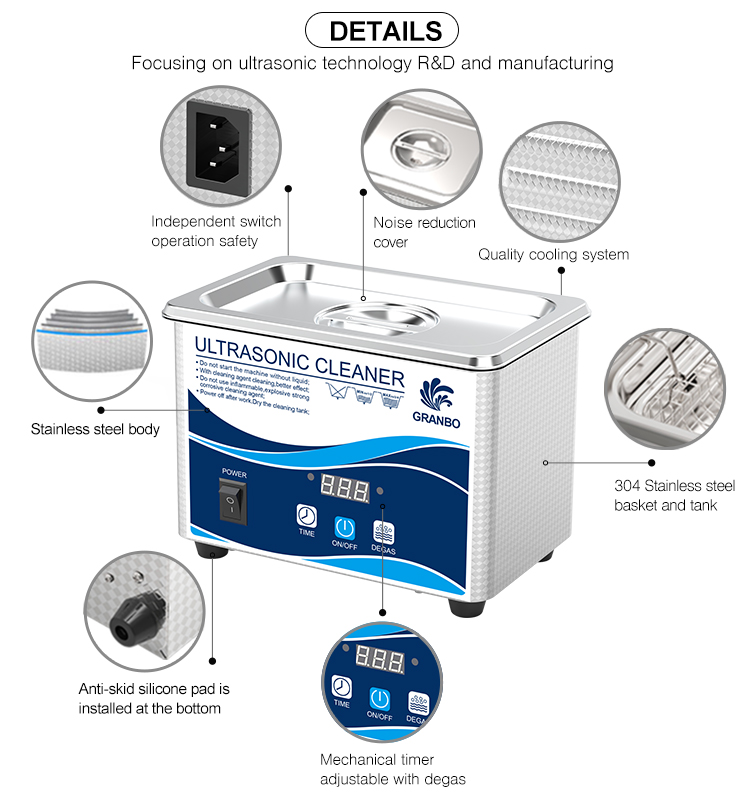
Alternatives to Ultrasonic Cleaning for Old Coins
If ultrasonic cleaning sounds too risky—and for many collectible coins, it is—what are the safer alternatives? The good news is that coin conservation doesn’t always require advanced technology. In fact, some of the most effective techniques are centuries old.
Let’s look at a few approaches that preserve the integrity of old coins without stripping away their value.
1. Soaking in Distilled Water
This is often the first and safest step. Distilled water helps loosen surface dirt without introducing minerals, acids, or chemicals that could damage the coin. You can leave coins to soak for a few hours or even days, depending on how encrusted they are.
To improve results:
- Change the water daily
- Use a soft brush (like a camel hair brush) under water to gently remove loosened grime
- Avoid rubbing with cloths or using tap water, which may contain chlorine or calcium
This method is especially useful for ancient bronze or copper coins with delicate surfaces.
2. Olive Oil Treatment
A traditional method among numismatists, soaking coins in olive oil for several weeks—or even months—can help soften stubborn dirt and light corrosion. Olive oil is non-reactive and will not damage metal.
After soaking:
- Rinse with distilled water
- Use a soft tool (wooden toothpick or plastic stick) to nudge off debris
- Repeat as necessary
Be patient. This method is ideal for ancient coins where aggressive methods would ruin historical detail.
3. Mechanical Cleaning Under a Microscope
Professional conservators often work under a stereomicroscope to clean coins manually. Using micro tools, they can remove dirt while preserving the patina and surface finish.
Tools may include:
- Bamboo or plastic picks
- Rubber erasers
- Compressed air or gentle steam
While this method requires skill, it’s the gold standard for museum-grade coins.
4. Commercial Coin Cleaners (With Caution)
There are products marketed specifically for coin cleaning—often aimed at modern coins or bullion. These can be used cautiously on coins without numismatic value, like tarnished silver rounds or copper tokens.
Always research before applying any product. Some are acidic or abrasive and can easily do more harm than good.
Expert Advice from Numismatists and Conservators
To help make sense of all this, let’s hear from voices inside the numismatic community.
Dr. Karen O’Sullivan, curator of a European coin museum, advises:
“When in doubt, don’t clean. Every scratch, every bit of tarnish tells a story. You can always clean later, but you can’t unclean a damaged coin.”
James Fitzroy, a certified coin grader with the ANA (American Numismatic Association), explains:
“We reject cleaned coins for grading if there’s visible surface disturbance. Ultrasonic cleaning often leaves behind fine texturing—even if it looks ‘better’ to a layperson.”
Even professional dealers agree:
Alan Zhu, longtime collector and dealer in Chinese cash coins, puts it bluntly:
“I’d pay half for a cleaned coin—even if it shines. The moment you clean it, the coin stops being historical and becomes decorative.”
These perspectives reinforce the idea that conservation is better than restoration in the world of rare coins.
Ultrasonic Cleaning Results: Before and After Examples
Now, for contrast, consider a test conducted on modern and historic coins.
A modern US quarter (post-1990s) covered in pocket lint and soda residue was placed in a 40kHz ultrasonic cleaner with distilled water and a drop of neutral detergent. After 3 minutes, it came out nearly spotless—no scratches, no edge wear, and the luster returned. Ideal for recirculation or vending machines.
Next, a heavily patinated 1901 Indian Head penny. After the same process, the coin appeared brighter—but the patina was unevenly stripped. Under a loupe, the word “Liberty” lost some definition. Small pits appeared near the rim. While “clean,” the coin’s resale value dropped sharply due to visible cleaning signs.
Finally, a corroded ancient bronze coin from the Roman period. The result? Disastrous. The ultrasonic vibrations caused flakes of the already fragile patina to fall off, revealing uneven metal and leaving a chalky finish.
Moral of the story? Results vary dramatically by coin type—and ultrasonic cleaning is often too much power for too little gain.
Can You Restore Coin Value After Cleaning?
Unfortunately, no.
Once a coin is altered—by ultrasonic cleaning, chemical dips, or abrasion—the change is irreversible. You can’t “re-patinate” a coin in a way that mimics natural aging. Grading services are trained to spot cleaned coins, and even casual collectors can tell once they learn what to look for.
Many sellers try to market cleaned coins as “brilliant” or “like new,” but experienced buyers often avoid them altogether. Worse, some coins can even develop new corrosion or toning problems after improper cleaning.
If you’ve already cleaned a coin and regret it:
- Stop further cleaning immediately
- Store the coin in a low-humidity, stable environment
- Avoid metal-to-metal contact in storage
- Be honest when listing it for sale
Final Thoughts: A Tool Best Reserved for the Right Use Case
Ultrasonic cleaners are incredibly useful—but only when matched with the right materials and goals. For old coins, especially those with historical or collector value, ultrasonic cleaning carries real risk. It may remove dirt, but it often erases what makes a coin special.
If your goal is to sell, collect, or preserve history, avoid ultrasonic cleaning. Instead, embrace conservation methods used by museums and numismatic professionals. But if you’re cleaning pocket change, coins for jewelry, or tokens used in crafts, ultrasonic cleaning can be a fast and effective option—when used carefully.
Just remember: the shine fades, but the history endures.

